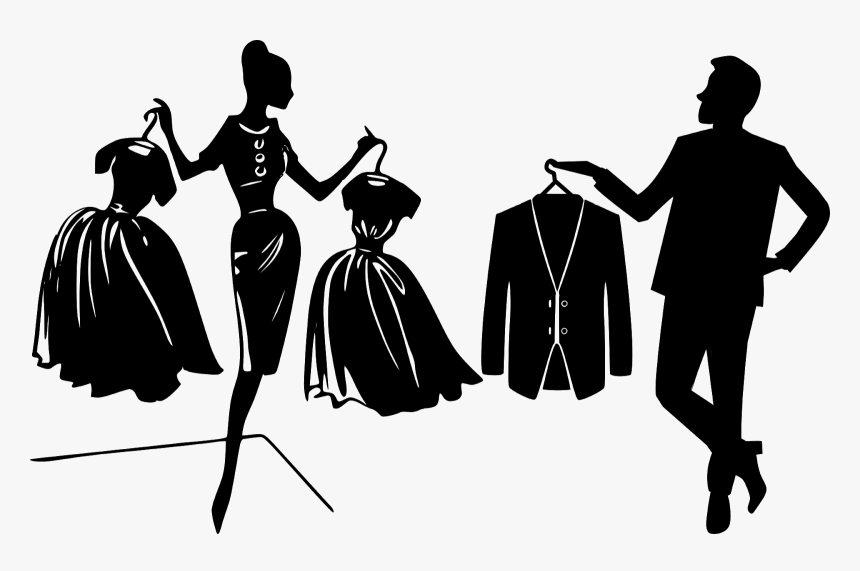How to Build a Sustainable and Ethical Fashion Wardrobe: 15 Strategies 🌱👗
Fashion is a powerful tool for self-expression, but it also has a significant impact on the environment and the people involved in its production. As consumers, we have the power to make a difference by building a sustainable and ethical fashion wardrobe. By adopting these 15 strategies, you can create a wardrobe that not only reflects your style but also aligns with your values.
-
Educate Yourself 📚: Start by understanding the concept of sustainable and ethical fashion. Read books, articles, and watch documentaries to gain knowledge about the issues in the fashion industry.
-
Choose Ethical Brands 🌟: Support brands that prioritize sustainability and ethical practices. Look for certifications such as Fair Trade or GOTS (Global Organic Textile Standard) to ensure your clothes are produced under fair working conditions.
-
Second-Hand Shopping ♻️: Embrace the thrill of thrifting! Explore vintage stores, consignment shops, and online platforms to find unique and pre-loved pieces. This way, you reduce waste and give clothing a second life.
-
Quality over Quantity 💪: Invest in high-quality pieces that will last longer. Opt for durable fabrics like organic cotton or linen, and well-constructed garments that withstand the test of time.
-
Timeless Style 👗: Build a wardrobe based on classic and versatile pieces that never go out of style. These timeless items can be mixed and matched effortlessly, reducing the need for constant shopping.
-
Rent and Borrow 👭: Consider renting special occasion outfits or borrowing clothes from friends for one-time events. This way, you can enjoy a variety of styles without contributing to excessive consumption.
-
Ethical Accessories 💍: Extend your ethical fashion choices to accessories. Look for brands that use sustainable materials like recycled metals or vegan leather to adorn your outfits.
-
Minimalism ✂️: Embrace a minimalist approach by decluttering your wardrobe regularly. Keep only the items that genuinely bring you joy and donate or sell the rest. This practice promotes conscious consumption.
-
Repair and Alteration 🧵: Instead of discarding a damaged garment, learn basic sewing skills or visit a tailor to extend its lifespan. Small repairs or alterations can breathe new life into your favorite pieces.
-
Natural Fibers and Dyes 🌿: Give preference to clothing made from natural and organic fibers like hemp, bamboo, or Tencel. Also, look for clothes dyed with natural and non-toxic dyes to minimize chemical pollution.
-
Capsule Wardrobe 🗂️: Create a capsule wardrobe with a limited number of coordinating pieces that can be mixed and matched effortlessly. This concept reduces excessive shopping and encourages creativity.
-
Support Local Artisans 🙌: Explore local artisans and designers who create sustainable and ethically-produced fashion. By supporting local talent, you contribute to your community's economy and reduce carbon emissions from long-distance shipping.
-
Swap Parties 🎉: Organize clothing swap parties with friends or attend local events. It's a fun way to refresh your wardrobe without spending money and reduces the demand for new clothing production.
-
Transparency Matters 📊: Choose brands that are transparent about their supply chain and production processes. Look for information about materials, manufacturing locations, and how they ensure fair wages.
-
Share Your Journey 👫: Inspire others by sharing your sustainable and ethical fashion journey. Use social media platforms to showcase your outfits, provide tips, and raise awareness about the importance of responsible fashion choices.
Building a sustainable and ethical fashion wardrobe is an ongoing process that requires dedication and conscious decision-making. By adopting these strategies, you can contribute to a more sustainable and fair fashion industry while still expressing your unique style. Let's make a positive impact, one outfit at a time! 🌍👗💚



